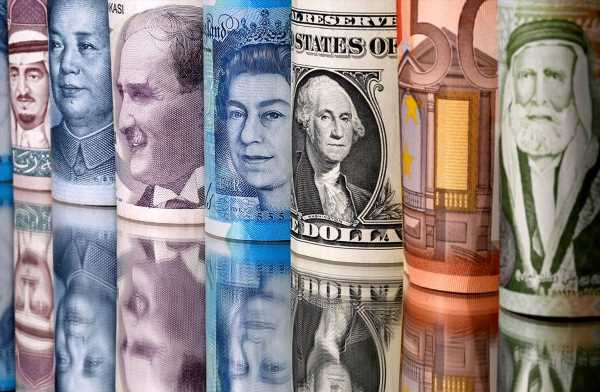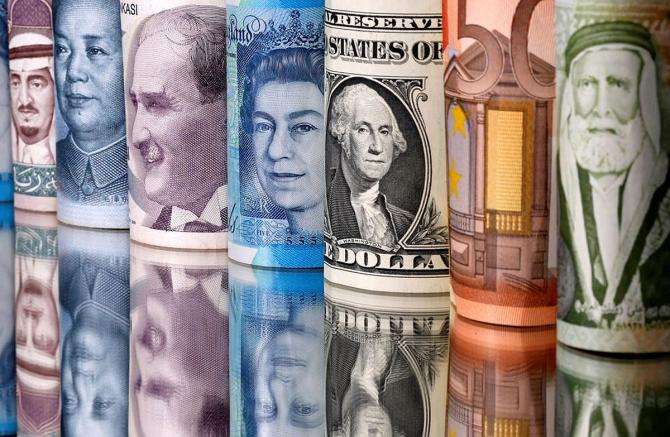Corporate India is more dependent than before on exporters of IT services such as Tata Consultancy Services (TCS), Infosys, and Wipro for earning foreign exchange.
Such companies account for nearly 43 per cent of the forex revenues of listed firms, up from 22 per cent a decade ago.
The listed IT services companies earned nearly Rs 4.2 trillion through exports in FY22, up 15 per cent from the Rs 3.65 trillion a year earlier.
In comparison, the forex revenues or exports of the rest of the BSE500 companies were down 11.9 per cent to Rs 5.6 trillion last financial year.
In the last five years, the forex revenues of IT companies have grown at a compound annual growth rate of 11.3 per cent from Rs 2.48 trillion in FY17.
In comparison, the forex revenues of the non-IT firms grew at an annualised rate of 3.5 per cent during the period.
The combined forex revenues of the non-IT companies in the Business Standard sample, at Rs 5.6 trillion in FY22/FY21, were lower than their record high of Rs 6.04 trillion during FY15/FY14 (see chart).
This, analysts say, makes the IT sector crucial for India to manage and fund its persistent trade and current account deficit.
A slowdown in IT exports will expand India’s external deficit, leading to currency depreciation.
Our analysis is based on the audited annual finances of a common sample of 395 companies that are part of the BSE500 index.
They exclude banks, non-banking finance companies, and insurance companies (BFSI).
Of these, 191 companies have reported their forex transactions for FY22 while the remaining 204 companies’ latest forex data is for FY21.
The companies that have published their forex transaction for FY22 account for nearly 65 per cent of such earnings in the sample.
The BSE500 companies in our sample earned combined forex revenues of Rs 9.83 trillion in FY22/F21, marginally down from Rs 10 trillion a year earlier.
In comparison, their forex expenses were 12.23 trillion last financial year, down 12.4 per cent from 13.96 trillion a year earlier.
The IT sector not only brings a big chunk of India Inc’s forex revenues, it accounts for little forex expenses, unlike other export-oriented sectors such as oil and gas, and mining and metals.
For example, the IT companies’ forex expenses were Rs 1.9 trillion less than half their export revenues.
In contrast, oil and gas companies and mining companies, which were the second- and third-biggest exporters in the corporate sector, were net importers, with their forex expenses exceeding forex earnings.
As a result, the oil and gas companies, including Reliance Industries, had a forex deficit of Rs 3.96 trillion last financial year, while for the metal and mining companies it was nearly Rs 20,000 crore.
Pharma companies were a distant second in terms of net exports at around Rs 40,300 crore last financial year, followed by the automotive sector, including ancillaries, at Rs 20,000 crore, and textiles and garments at around Rs 5,800 crore.
However, only 19 of the 55 sectors in the sample were net exporters last financial year while the rest were either net importers or didn’t report any forex transactions.
The numbers also suggest that export buoyancy in the IT sector has allowed companies in manufacturing and other sectors to focus on the domestic market.
Forex revenues or exports accounted for only 13.7 per cent of net sales of non-IT firms in FY22/FY21, down from the 15.3 per cent a year earlier and a record high of 17.9 per cent in FY15/FY14.
For comparison, exports accounted for 92.5 per cent of IT companies’ net sales last financial year, down from 94 per cent a year ago but close to the 10-year average.
Source: Read Full Article

